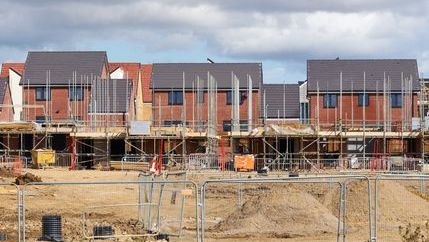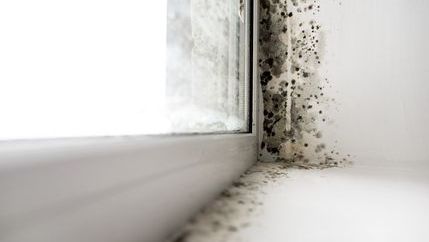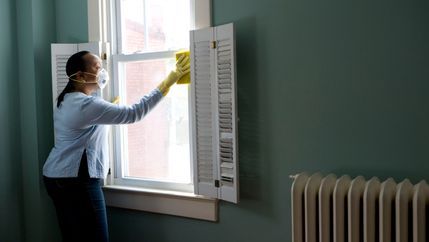
By simplifying the system using a ‘golden thread’ of information to be created, stored and updated throughout the building’s development, the Bill will establish clear obligations on owners and enable swift action to be taken by the Regulator.
Building safety measures
Comprehensive steps have been taken to ensure that developers fully address concerns highlighted in the Hackitt Report. The new regime will take a proportionate and risk-based approach to remediation and other safety risks, including:
- Ensure there are clearly identified people responsible for safety during the design, build and occupation of a high-rise residential building.
- Establish a Building Safety Regulator to hold to account those who break the rules and are not properly managing building safety risks, including taking enforcement action where needed.
- Give residents in these buildings more routes to raise concerns about safety, and mechanisms to ensure their concerns will be heard and taken seriously.
- Extend rights to compensation for substandard workmanship and unacceptable defects.
- Drive the culture change needed across the industry to enable the design and construction of high-quality, safe homes in the years to come.
The Bill also includes powers to strengthen regulatory framework for construction products, underpinned by market surveillance and enforcement led by the Office for Product Safety and Standards (OPSS). The regulator will also be able to remove products from the market it deems unsafe and prosecute or use civil penalties against businesses that break the rules or are found to be compromising public safety.
Leasehold reform
There are also measures in place to protect leaseholders by providing a legal requirement for building owners to explore alternative ways to meet remediation costs before passing these onto leaseholders, along with evidence that this has been done. This builds on the UK Government’s commitment to fully fund the cost of replacing unsafe cladding for all leaseholders in residential buildings 18 metres and over in England, with an unprecedented £5 billion investment in building safety.
Propertymark has long campaigned for leasehold reform, as many leaseholders found themselves ‘mortgage prisoners’ with lenders refusing to value flats with unsafe cladding.
Leasehold properties
We've been working with the National Leasehold Campaign to raise awareness of the abuse of the leasehold system in newly built homes.
New Homes Ombudsman
Developers will be required to join and remain members of the New Homes Ombudsman scheme, where they must provide redress to a homebuyer, including through the awarding of compensation.
The time for which residents can seek compensation for substandard construction work has also increased from six years to 15. These changes will apply retrospectively, meaning that residents of a building completed in 2010 would be able to bring proceedings against the developer until 2025.
Developers who breach the requirement to belong to the New Homes Ombudsman may receive additional sanctions.
Image attribution: "Robert Jenrick Official MP Portrait" used under CC BY 3.0 / Cropped from original








